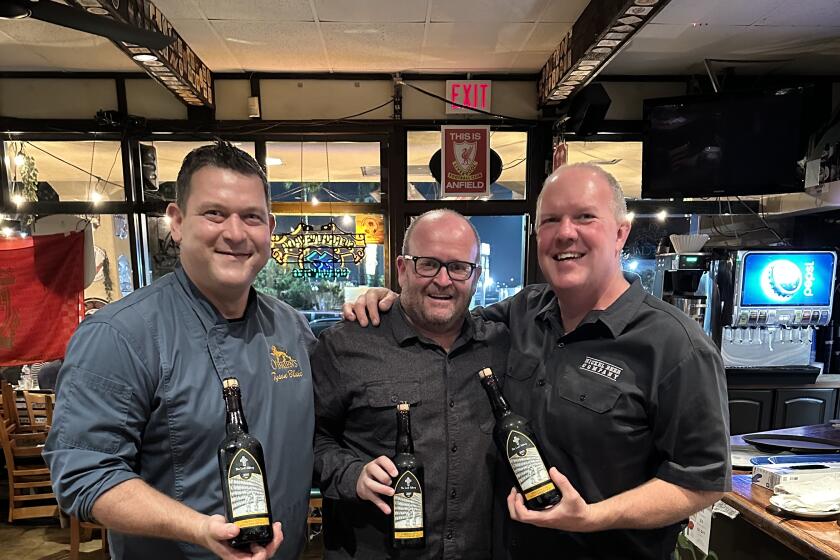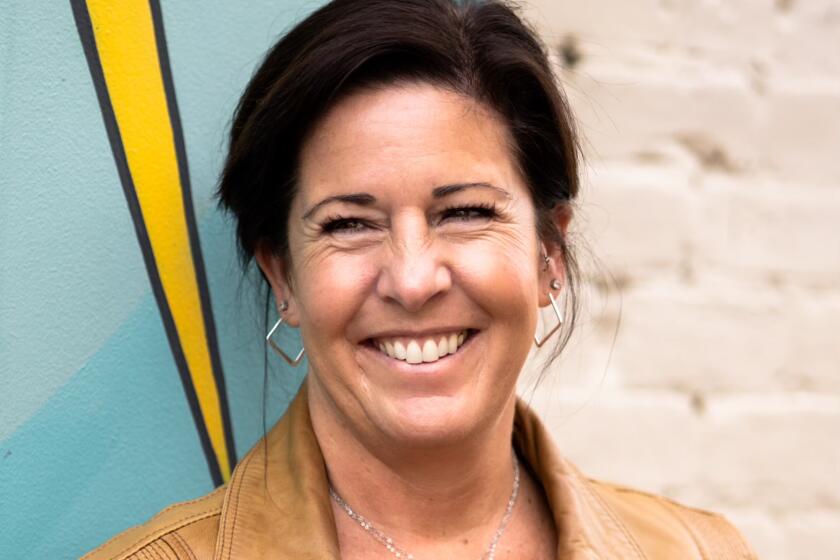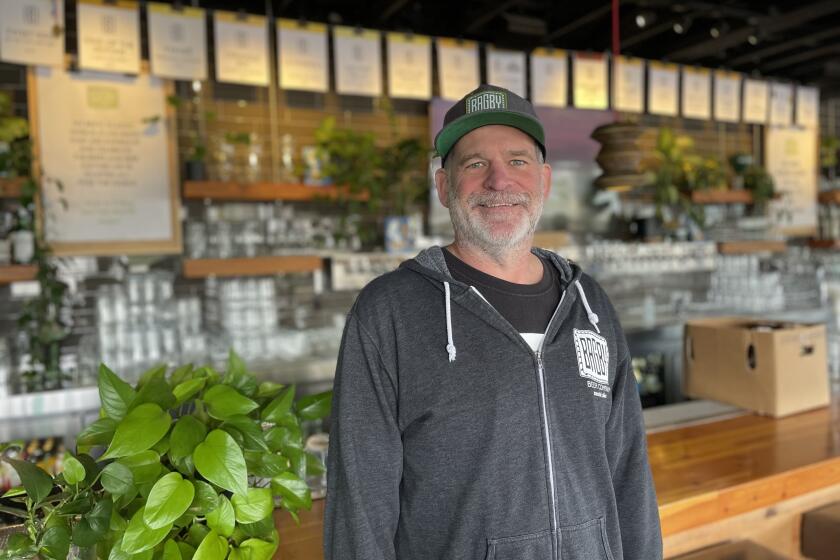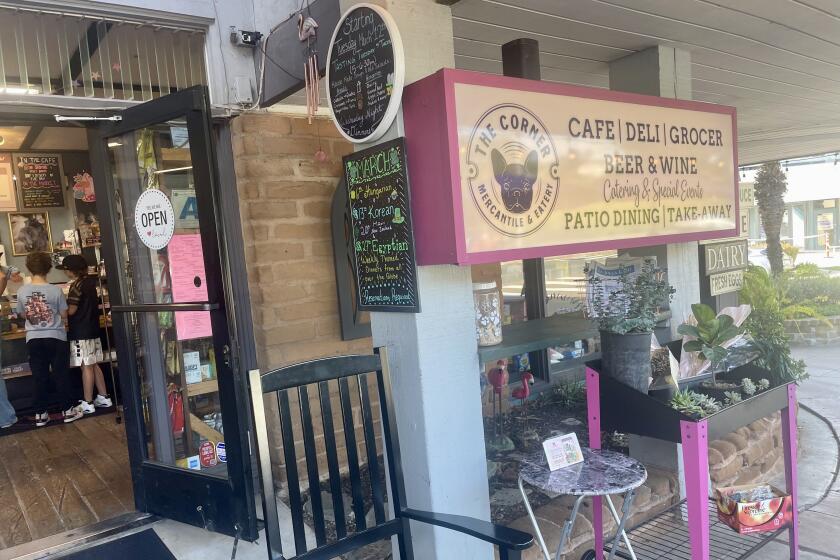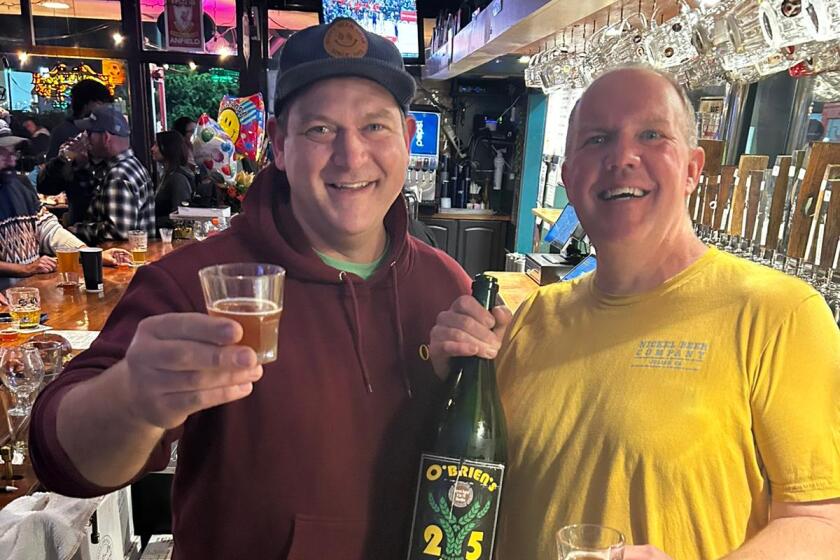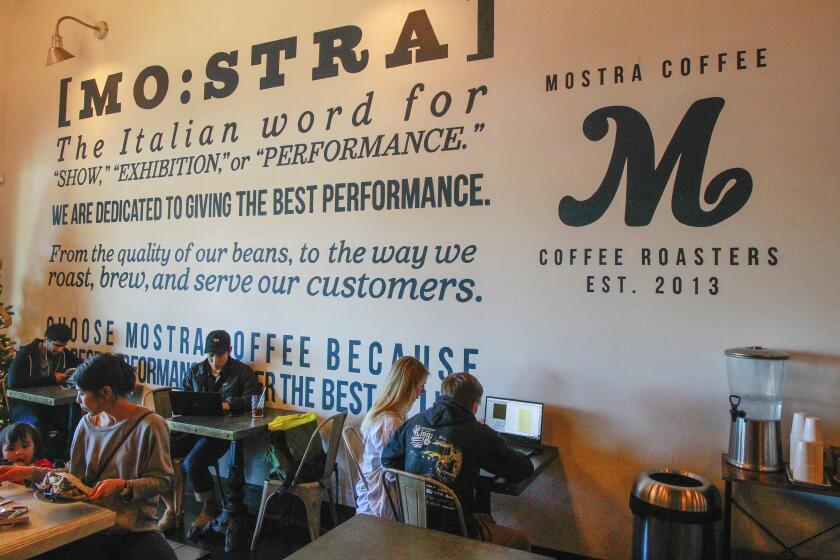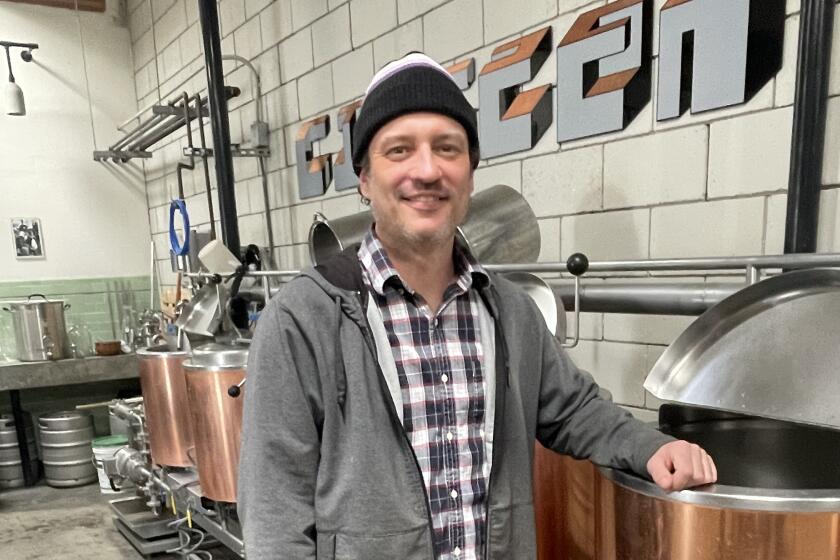Brewery Rowe: Sapporo now brewing Japanese beer with an Escondido accent
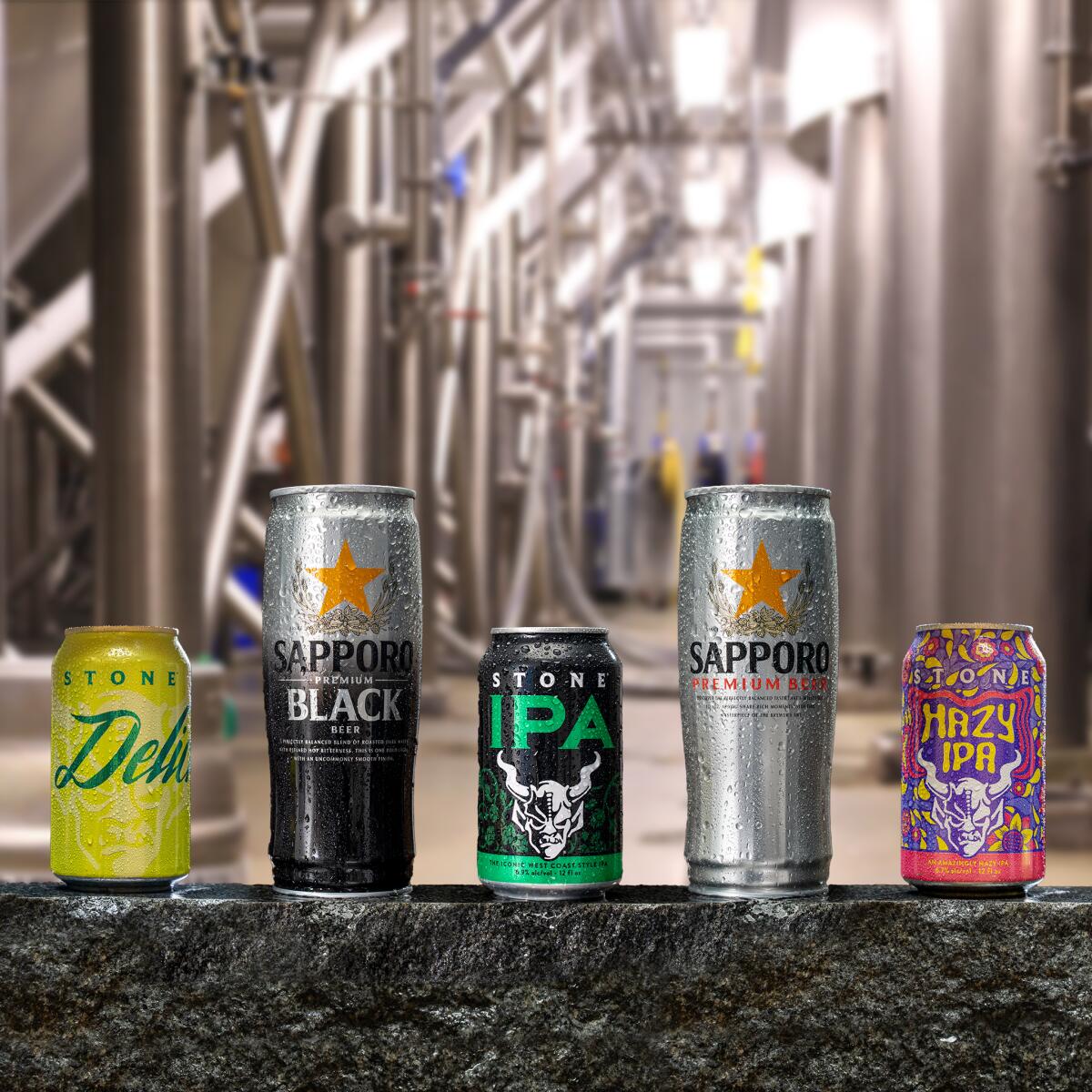
Also this week, San Diego beer festivals are roaring back after a long pandemic break
it’s been nearly two years since Sapporo U.S.A. purchased Escondido-based Stone Brewing in a $165 million deal, and we’ve got questions.
Q: Is Sapporo a Japanese brewery?
A: Yes. Founded in 1876 in its namesake city, this is Japan’s oldest existing brewery.
Q: If I order a Sapporo, then, am I ordering a Japanese beer?
A: That’s a more complicated question — and the answer became even more tangled last month.
The Japanese brewing company has aggressively moved into North America in recent years, buying Canada’s Sleeman Breweries in 2006; San Francisco’s Anchor Brewing in 2017; and in August 2022 snapping up Stone Brewing, from its Escondido headquarters and bistro to its large production brewery-plus-bistro in Richmond, Va.
These purchases allowed Sapporo to save money on shipping. Now, the Sapporo you drink in California has been trucked from Escondido, rather than loaded onto freighters in Japan for the lengthy trans-Pacific passage.
Therefore these pints of Sapporo are truly American, right?
“(These) will be U.S. beers in how the Brewers Association tracks,” wrote Ann Obenchain, a spokesperson for that national industry group. “Import = truly imported and counted by customs.”
Clear enough. Or is it?
“Import vs. Domestic depends on why you’re asking,” countered Lizzie Youngkin, a spokesperson for Stone, in an email. “When we look at Nielsen data, we compare Sapporo to import brands like Asahi and Modelo.”
No matter where Sapporo is produced, Youngkin continued, it occupies shelf space with the imports. In most consumers’ eyes and tastebuds, these are Japanese beers.
You also may argue that Sapporo brewed by Stone — or by anyone, really — remains culturally Japanese.
“Sapporo has such a rich Japanese history as the first beer of Japan,” Youngkin wrote. “We intend to preserve that heritage and maintain its import identity while not hiding any realities of the beer being brewed here, local and fresh!”
Escondido-produced Sapporo, then, will be as thoroughly Japanese as those Kentucky-assembled Toyota Camrys.
Reversing a gnarly trend
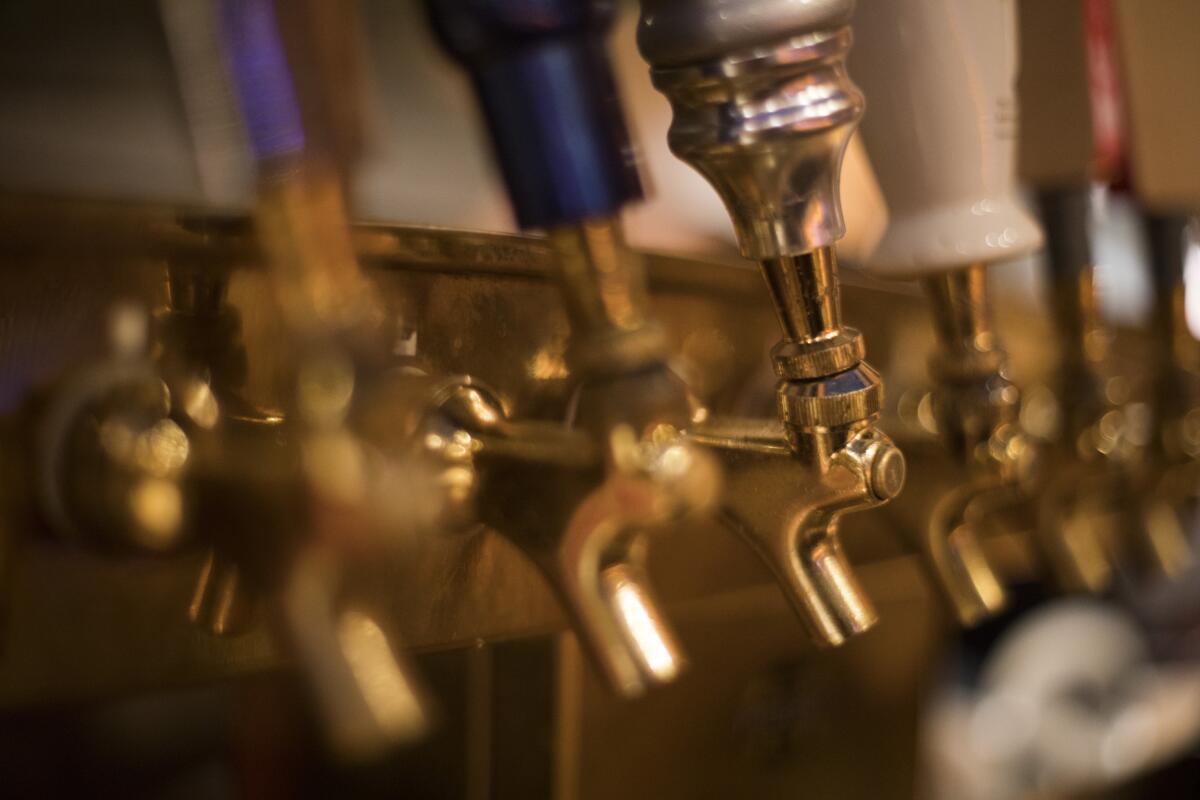
The signs seemed clear — and ugly. San Diego’s beer festivals looked to be going the way of our local Yugo dealerships.
Look at these recent cancellations:
Last September: San Diego Festival of Beer, then the region’s oldest continually held beer festival.
November: San Diego Brewers Guild festival, traditionally San Diego Beer Week’s opening bash.
February: Karl Strauss’ Changing of the Barrels, which had been the brewery’s anniversary party.
Perhaps, though, the clouds are clearing and the sun is, once again, beaming on epic gatherings of the local craft beer tribes.
In late March, Karl Strauss hosted “Karl’s House Party” at its Sorrento Mesa location. Two more “house parties” are planned, Thursday at the Anaheim brewpub and Sept. 19 at its downtown San Diego birthplace.
Last Saturday, the North Park Festival of Beers made a triumphant, post-pandemic, return by pouring 50-plus beers from local breweries.
And Stone plans a massive festival this summer to mark its 28th anniversary.
This resurgent interest in bacchanals — beer-cchanals? — is not limited to San Diego County.
“We continue to see solid brewery interest in the Great American Beer Festival,” wrote Ann Obenchain of the national Brewers Association.
The largest beer festival in the nation, the GABF, is scheduled for Oct. 10-12 in Denver.
The next round
Sunday: Pure Project’s Vista taproom celebrates Earth Month with “Green Business Market,” featuring goods from local vendors of sustainable goods. Noon to 4 p.m. Pure Project, 1305 Hot Springs Way, Vista. purebrewing.org/events
April 20: The sixth annual Pucks & Pints charity event is an ice-cold hybrid, a beer festival/hockey game. Craft brewers will square off during a 12:30 p.m. hockey contest; beer and barbecue are on the agenda, 2 to 5p.m.; and the San Diego Gulls will take on Coachella Valley Firebirds at 6 p.m. All proceeds benefit local charities. Pechanga Arena, 3500 Sports Arena Blvd., San Diego. $65. tickets.sdbeer.com
Quick Sips, Hog Butcher to the World (Chicago) edition
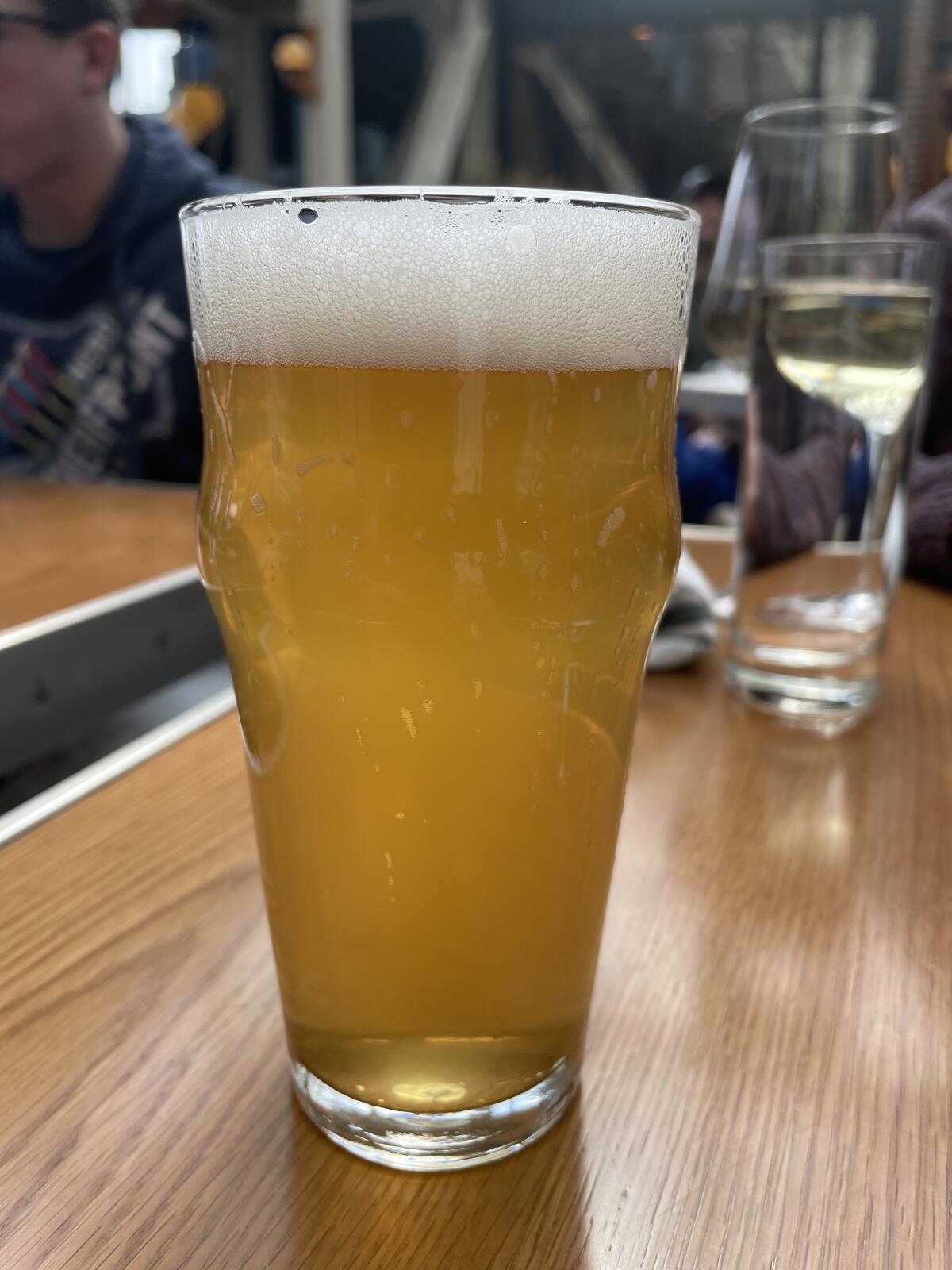
Le Tub
From: Whiner Beer, Chicago
ABV (Alcohol By Volume): 6.4 percent
Style: Barrel-Aged Saison
Drink or dump: Drink. Banana aromas on the nose, light body, agreeably tart, toasted wheat bread notes. Deceptively sturdy, it cut through my Korean fried chicken sandwich.
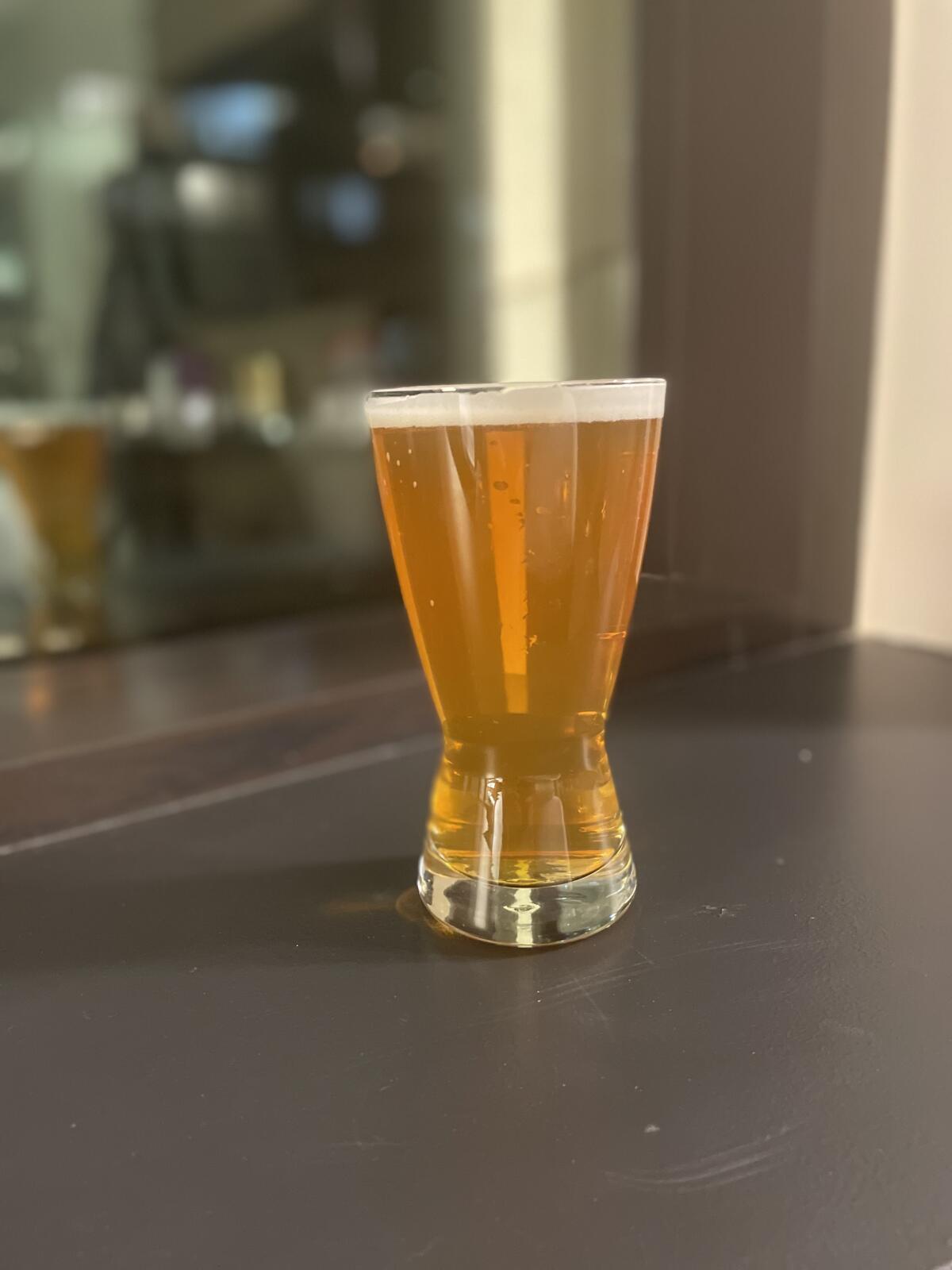
Bodem
From: Half Acre, Chicago
ABV: 6.7 percent
Style: India Pale Ale
Drink or dump: Dump. Pours a clear, tarnished gold. Musty aromas and flavors — not good. Malty, caramel notes overwhelm the hop bill, which should be impressive — the Idaho 7, Mosaic, Cryo and Cashmere varieties are in the mix — but isn’t.

Hubert’s Hefeweizen
From: Adams Street, Chicago
ABV: 5.2 percent
Style: Hefeweizen
Drink or dump: Drink. Adams Street is the house brewery at Berghoff’s, the historic Chicago gasthaus. Hubert’s is a good example of its craft: well-carbonated, mid- to light-bodied, a hint of clove perking up the bready malts.
Rowe is a freelance writer.
Get U-T Business in your inbox on Mondays
Get ready for your week with the week’s top business stories from San Diego and California, in your inbox Monday mornings.
You may occasionally receive promotional content from the San Diego Union-Tribune.



